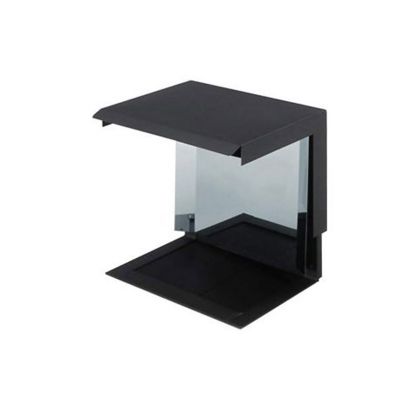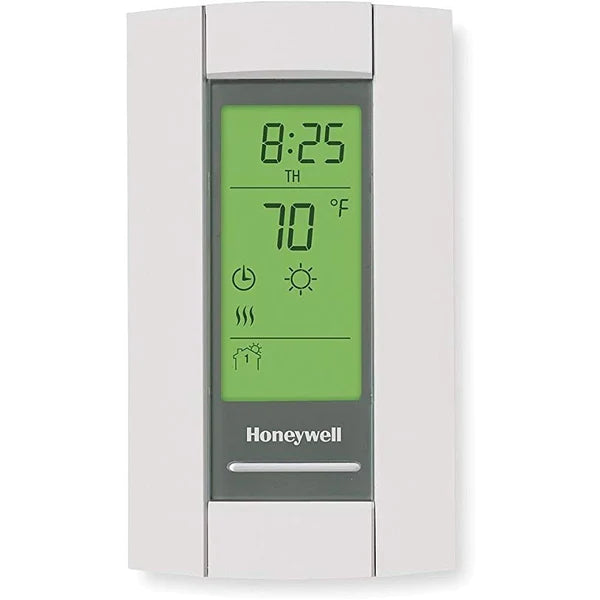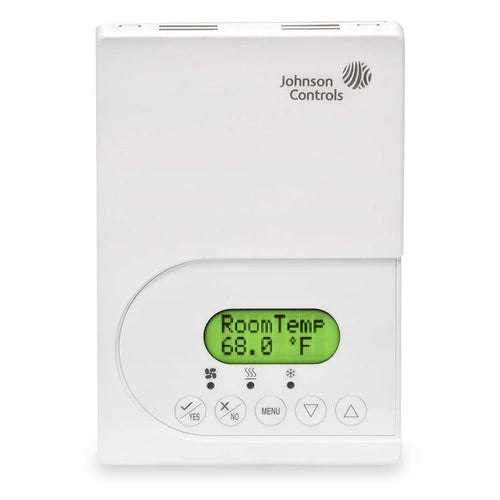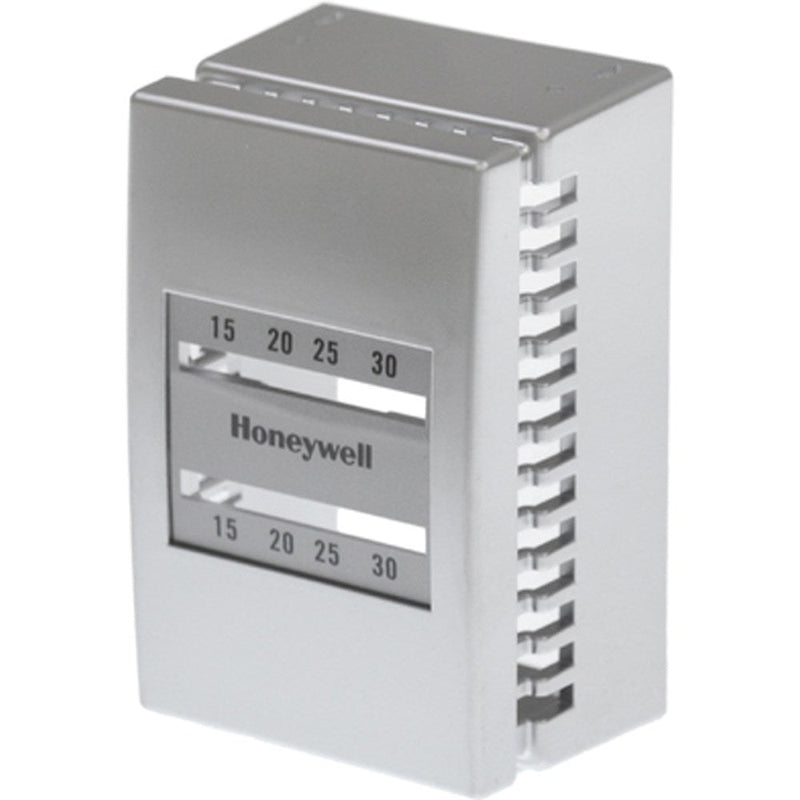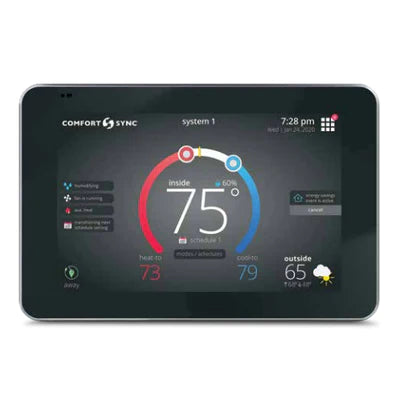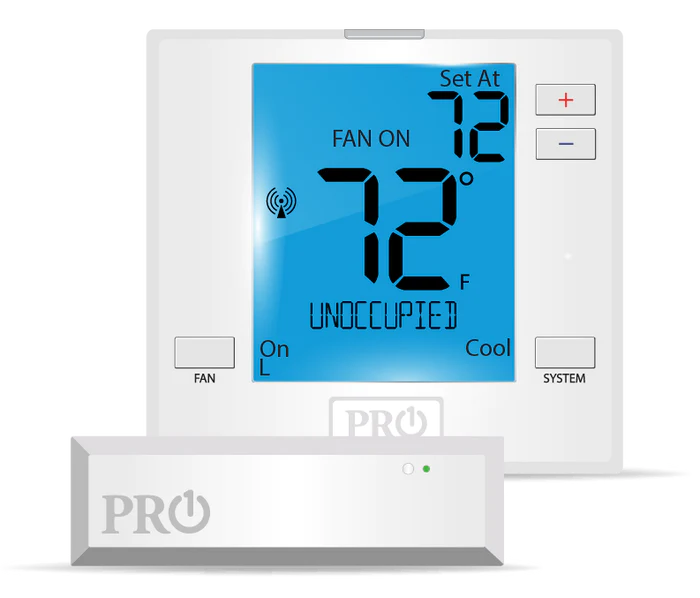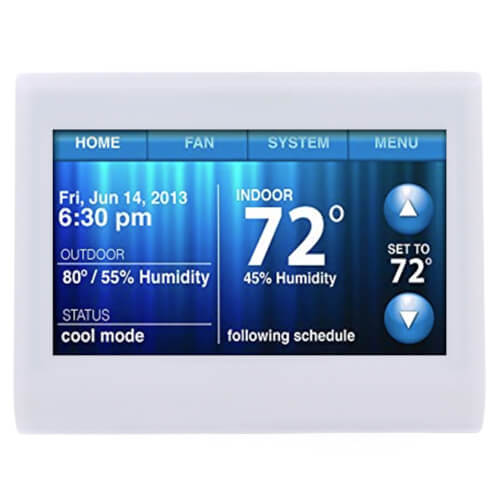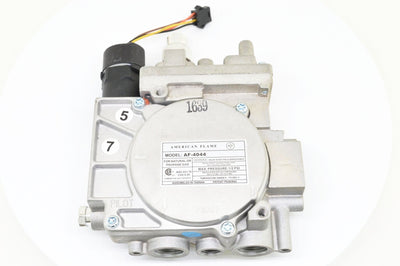- Sort by Featured
- Sort by Best Selling
- Sort by Alphabetically, A-Z
- Sort by Alphabetically, Z-A
- Sort by Price, low to high
- Sort by Price, high to low
- Sort by Date, new to old
- Sort by Date, old to new
- Sort by Featured
- Sort by Best Selling
- Sort by Alphabetically, A-Z
- Sort by Alphabetically, Z-A
- Sort by Price, low to high
- Sort by Price, high to low
- Sort by Date, new to old
- Sort by Date, old to new
Introduction to HVAC Blowers
Heating, ventilation and air conditioning (HVAC) blowers are an integral part of most modern homes. They control the airflow in a central heating system, helping to regulate the temperature and humidity in the home. In addition, they can also be used to help circulate fresh air from outside the home into interior spaces.
What Is an HVAC Blower?
An HVAC blower is a device that helps move conditioned air throughout your home. It does this by creating a low-pressure area inside the ductwork. This allows for more efficient heat transfer throughout the house and prevents excess humidity buildup inside the residence. The blower has an integral fan that blows out air at high speed through various ducts throughout your home.
Types of HVAC Blowers
There are several types of HVAC blowers available on the market today. The most common type is called a centrifugal fan. It consists of spinning blades that create an outward pressure on surrounding air molecules, which then creates a vacuum effect resulting in increased airflow throughout the house. Another popular option is an axial fan, which essentially works like a propeller and moves air in one direction for cooling or circulation purposes.
Benefits of Installing an HVAC Blower
One major benefit of installing an HVAC blower is that it can help make your home more energy-efficient by circulating cool or warm air whenever needed without turning up or down your thermostat. This can result in significant savings on your monthly energy bills over time. Additionally, they can improve indoor comfort levels while also reducing allergens and other airborne particles due to their filtering capabilities.
Installation Considerations
When it comes to installing an HVAC blower, there are several things you’ll need to consider beforehand, such as choosing the correct size for your application, ensuring that it meets all local building codes and regulations, as well as making sure you have adequate ventilation for proper function and performance. It’s important to note that hiring a professional contractor who specializes in this type of work is recommended to ensure proper installation and functionality from start to finish.
Maintenance Requirements
In addition to installation considerations, routine maintenance should be done periodically to keep your HVAC blower working properly at all times and reduce potential breakdowns down the line. This includes regularly checking and replacing worn parts such as belts and bearings; cleaning any accumulated dust or debris; lubricating moving parts; testing electrical wiring; inspecting housings for signs of damage or cracks; as well as checking motor windings for any loose connections or fraying wires that may have occurred over time due to usage or wear-and-tear issues.









